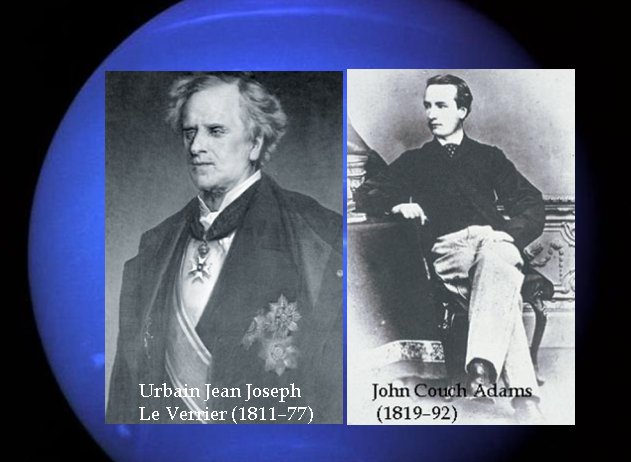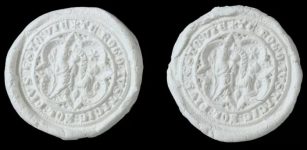On This Day In History: Planet Neptune Officially Discovered – On Sep 23, 1846
AncientPages.com - On September 23, 1846, the planet Neptune was discovered after being observed for the first time by Galileo Galilei in 1613.
Galileo observed Neptune, but it was believed that Galileo discounted the object as a star, and therefore, he gave it no further thought. He continued his observations under the assumption it was a star.
It took more than two hundred years for astronomers to determine what kind of object they systematically observed in the vicinity of Jupiter.
Urbain Le Verrier and Johann Gottfried Galle, working together on the European continent, and John Couch Adams, making calculations independently in England, learned the heavenly body was Neptune.
It was during the time of nationalistic rivalry between the French and the British astronomers, but finally, it was established that both Le Verrier and Adams jointly deserved credit.
Neptune was the first planet to be discovered by using mathematics. John Couch Adams of Britain and Urbain Jean Joseph Le Verrier of France used mathematics to predict that the gravity from another planet beyond Uranus was affecting the orbit of Uranus.
They figured out where the planet was and how much mass it had. Later, astronomers gathered much more knowledge about Neptune, which has more than 17 times Earth’s mass, 58 times its volume, and 12 percent stronger gravity at the top of its atmosphere. It has an equatorial diameter of 30,775 mi (49,528 km). Neptune consists largely of hydrogen and helium. It has no solid surface; its interior probably consists of a fluid mixture of rock, ices, and gas.
A young astronomer, Johann Gottfried Galle, decided to search for the predicted celestial body and observed Neptune for the first time in 1846.
AncientPages.com
Expand for references




















